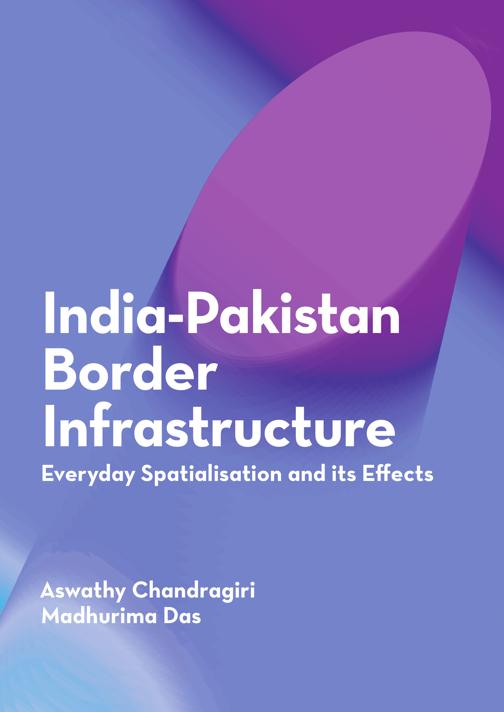Titelaufnahme
- TitelIndia-Pakistan Border Infrastructure : Everyday Spatialisation and its Effects
- Verfasser_in
- Enthalten ininsightOut. Journal on Gender & Sexuality in STEM Collections and Cultures, (2024) H. 2. Diverse Infrastructures? Gender, Queer & the Foundations of Society
- Schlagwörter
- DOI
Borders intentionally create bounded territories in an attempt to comply with the spatial sovereignty nation states identify with. These spaces create barriers in the form of border fences, militarization, and low connectivity of road networks and the internet. A qualitative study conducted in two villages at the India-Pakistan border over a few months highlights the impact of border infrastructure on the lives of borderland people, particularly women. The research looks at the making of a border village and its impact on women inhabiting these spaces. Our study finds that the infrastructural edifice of border villages is restrictive and aids in constructing subjugated identities under the rationality of protection. The architecture and the patriarchal norms of the villages enforce strict control of women by men in the family due to lack of connectivity/mobility/ accessibilities and by the armed forces through border fencing.
CV
Aswathy Chandragiri is a research scholar at the Department of Humanities and Social Sciences, BITS Pilani, India. Her PhD proposal is titled ‘Constructing forms of masculinities in a border village at International Border.’ Her research interests are borders, migration, masculinities, and nation state. She completed her post-graduation in sociology from South Asian University, New Delhi.
Dr. Madhurima Das is an Assistant Professor, Department of Humanities and Social Sciences, BITS Pilani, India. Dr. Das received her Postdoctoral degree from the Department of Philosophy and Cultural Heritage at the Ca’ Foscari University of Venice. She completed her PhD from the Department of Sociology at the University of Oregon.
Citation
Aswathy Chandragiri, Madhurima Das, „India-Pakistan Border Infrastructure - Everyday Spatialisation and its Effects”, insightOut. Journal on Gender and Sexuality in STEM Collections and Cultures, 2 (2024), S. 75-80, DOI: 10.60531/insightout.2024.2.11

